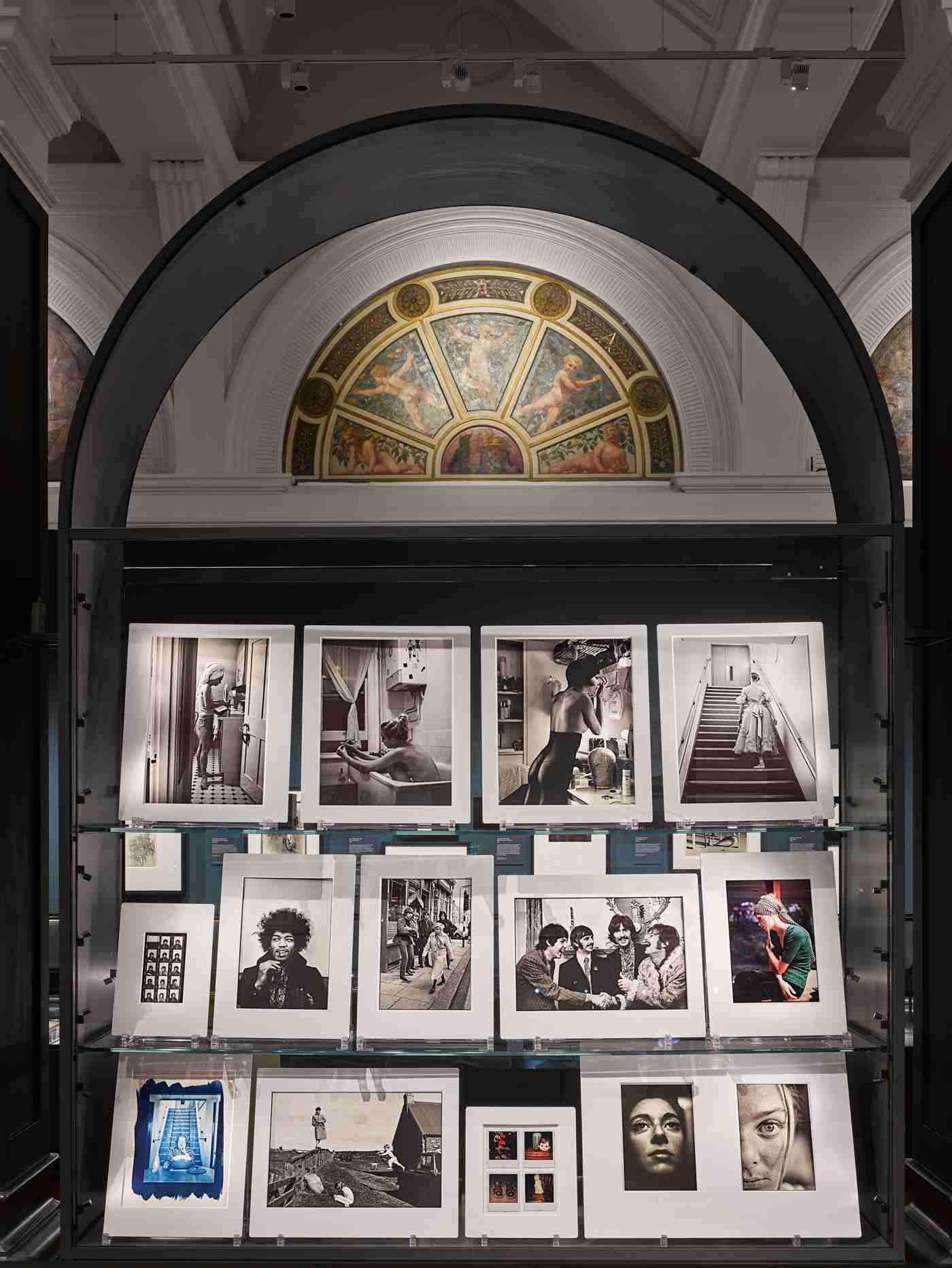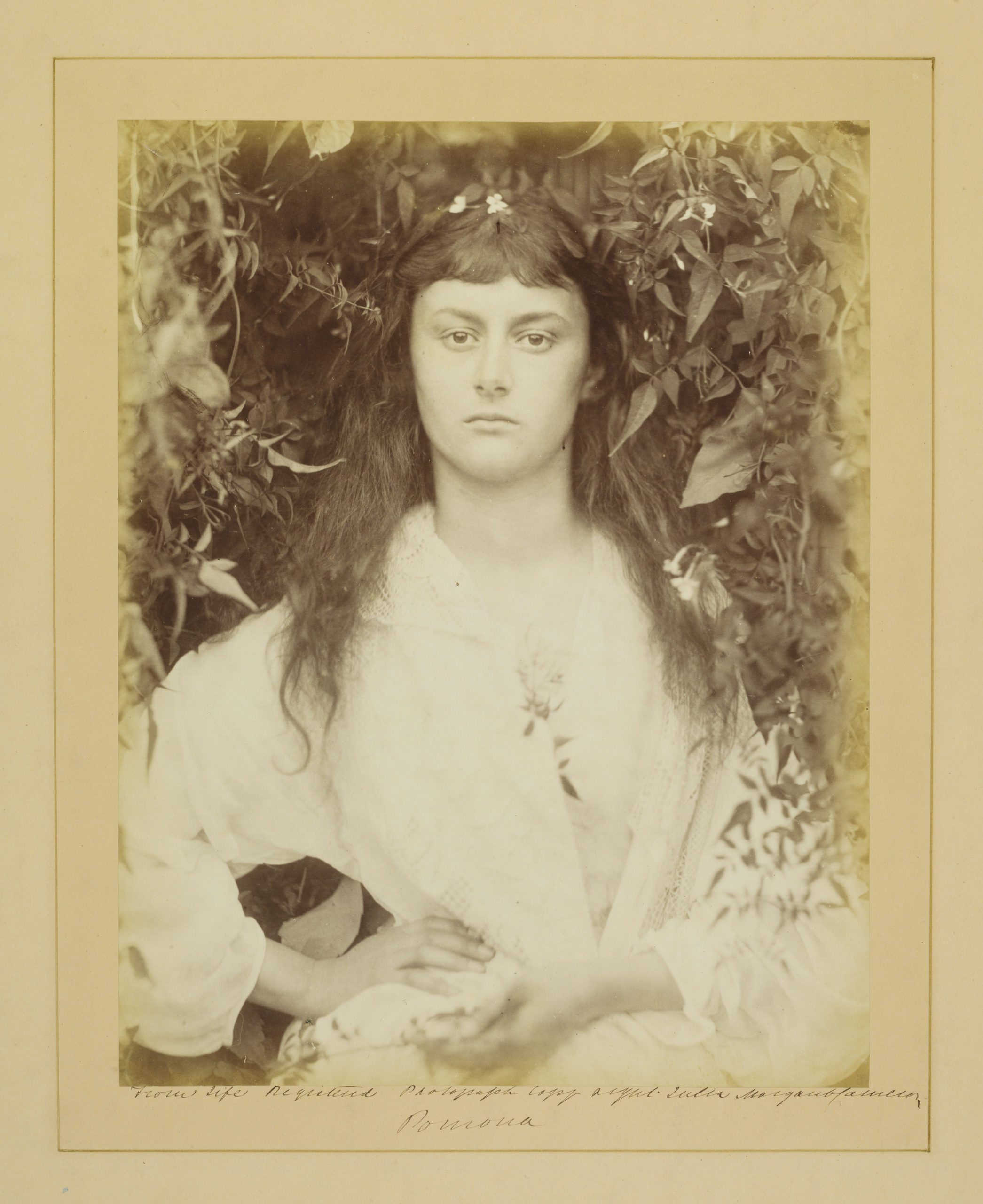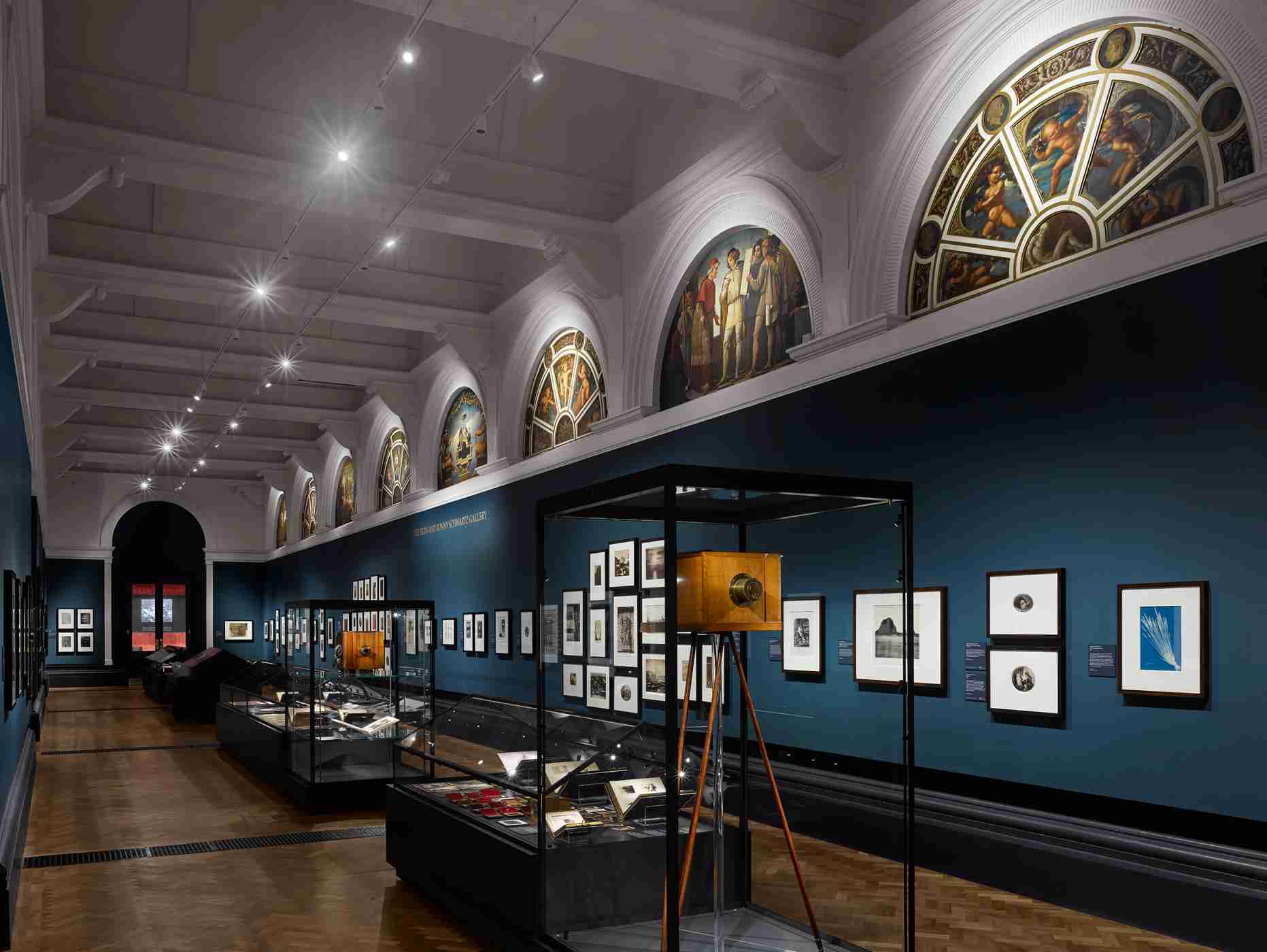In the last of our TALKING POINTS series we put Lisa Springer, Photography Curator at V&A, under the spotlight. Lisa joins the Exposure Award panel with a wide range of expertise from the history of photographic exhibitions to international contemporary fine art practice. She has worked in several major European museums over the past eight years and since 2019 has been Curator of Touring Photography Exhibitions at the V&A where she leads the program of special displays touring to China.

© The V&A Photography Centre, bespoke case displaying photographs by Linda McCartney and Mary McCartney, Gallery 101. Photo by Will Pryce. Courtesy of the Victoria and Albert Museum
In your current position at the V&A you lead a programme of special exhibitions that tour to China. From your perspective, what sort of photography particularly appeals to a Chinese audience?
In many ways the photography that appeals to the Chinese audience is the same as that of many photography enthusiasts, it’s the style and atmosphere created from the big-name pioneers, to the prestigious and rare vintage prints of the 20th century through to more contemporary works and names. The recent exhibitions from the V&A have captured the diversity in the field and multitude of perspectives to spark imagination for new audiences.

© Julia Margaret Cameron, Pomona, 1872. Courtesy of the Victoria and Albert Museum
From historical photographic works to contemporary photo-based art, your expertise in the medium is wide-ranging. Where do you see photography heading next?
Dynamism and Photography have always been interwoven. The pandemic has changed the way we approach photography and the perspectives of the photographers. Image-making technology is reaching out into many new directions at once and at speed, with the medium also becoming far more accessible and an integral part of modern society. The pandemic has also altered artistic practices providing an opportunity to take more time over projects and giving a new perspective, as major societal changes have always done.
Photography has had to fight for its position within the art world, it has (and often still is, in certain spheres) seen as a lower art form. Why does art have this hierarchy, do you think? Or do you think photography should stand apart from other art forms?
With anything that is revolutionary there will always be an audience to whom you must prove your position and the art world is no different. Since its invention, photography has changed the way we see the world by inviting us to interpret reality in our own way. Every artist strives to evoke emotions and no matter what genre, photography is no different. It’s creative capacity to influence and to talk to us is the same as with every other art form.

© The V&A Photography Centre, The Bern and Ronny Schwartz Gallery. Courtesy of the Victoria and Albert Museum
Why should an emerging gallery enter one of their artists for the Exposure Award? What is your advice for a strong application?
Entering an artist for the Exposure Award is a wonderful way to boost the careers of young gallerists, artists, and photographers. It’s an exceptional platform for the future of contemporary photography because of its young, fresh, and dynamic approach. A strong application will capture this vibe that the growing audiences are seeking from the future big names of this century.
What questions will you be asking yourself while reviewing the submissions for this Award?
For me there are two things that are most important. Firstly, it is artistic as well as photographic merit; a submission that is outstanding in its use of photography to capture its content. Secondly, I am looking for originality in both concept and execution.
Is there anything you hope to see while judging the Exposure Award?
Energy and professionalism and discovering new talent! I would like to be surprised and inspired by the recent works of international artists and photographers.
